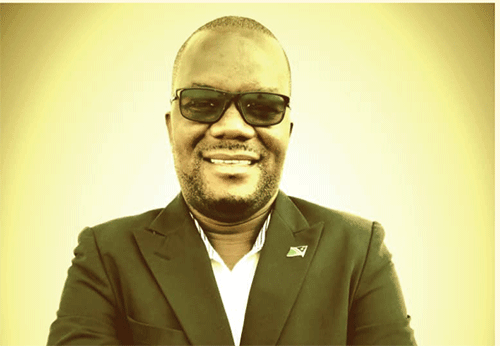ONGWEDIVA – Health assistant Johannes Ngula is helping children, teenagers and young adults understand and accept their HIV/AIDS status at the Onayena Health Centre in the Oshikoto region.
He has taken it upon himself to educate children as young as six years to understand and accept what is happening to their bodies, and why they have been taking antiretroviral medication.
“As children grow older, they tend to ask their parents why they have to take medication every day. If the positive child lives in a house with three other children, he or she will start questioning why the other children do not take medicine like him or her,” said Ngula.
He noted that parents at times find it difficult to explain to their children about taking antiretroviral medication every day.
If such conversations are not had or handled well, it sometimes results in the child refusing to take medication.
Ngula said he has created a teen club for children living with HIV/AIDS in the constituency.
“The teen club has a total of 80 individuals from the age of nine. We explain in detail to the children why they take this medication. We give them full disclosure about the virus. The children react differently, but they need to know,” he added.
Ngula said stable HIV/AIDS patients are in a support group called the Community Adherence Group (CAG). A team leader in the group is elected to make sure the rest of the group has received their medication.
“We currently have 20 CAG members in different locations within the constituency. We created these groups because most of our patients live far from the health centre, and need a leader to get their medication. The team leader also makes sure others know their future appointments, and that their viral load is stable,” he stated.
Besides ensuring that the children are well- educated and CAG team leaders are doing their jobs, Ngula goes out in the community, taking clinical services to the patients.
“Some patients live very far, and taking these services to them shortens the distance to the clinic as well as cuts transport expenses,” he added.


